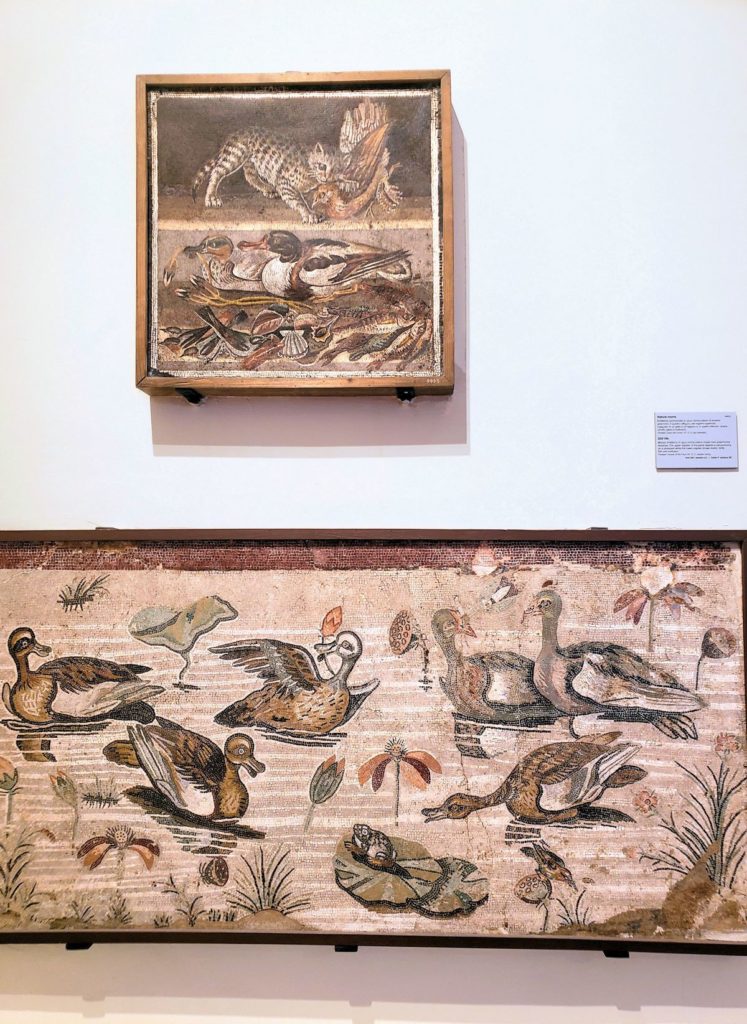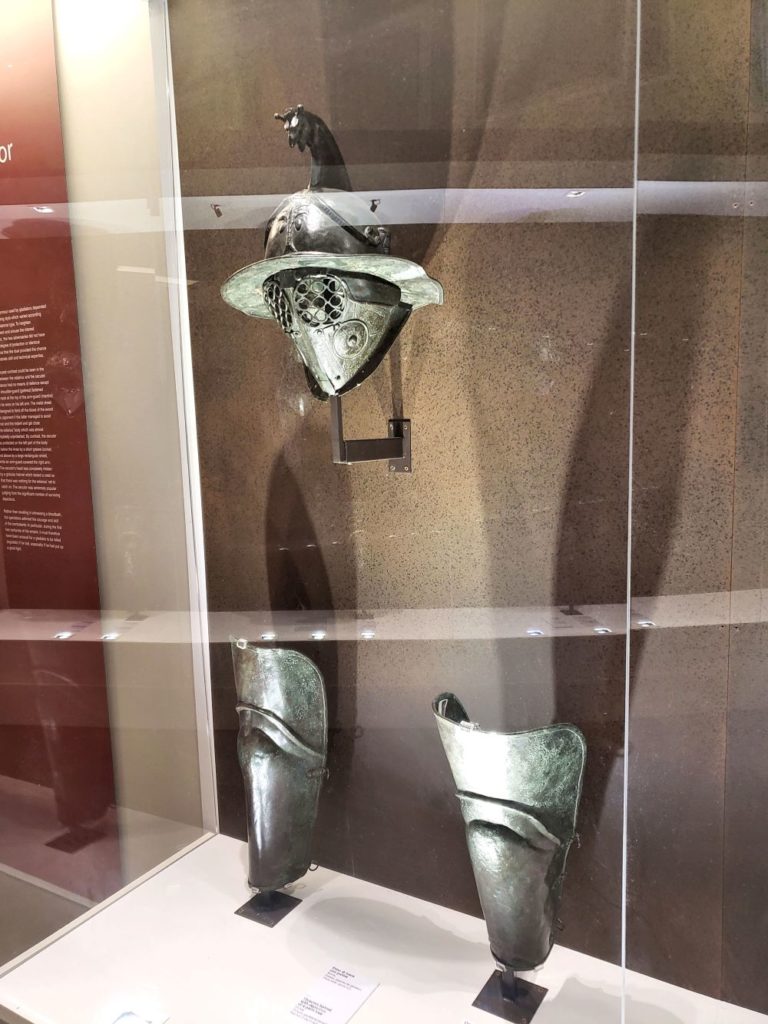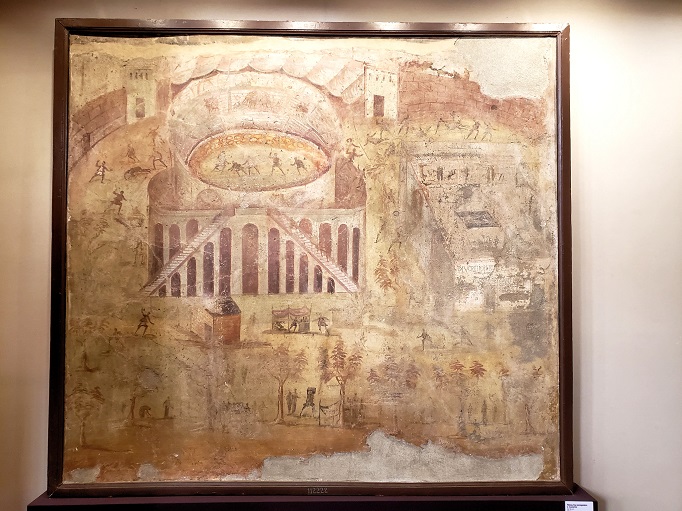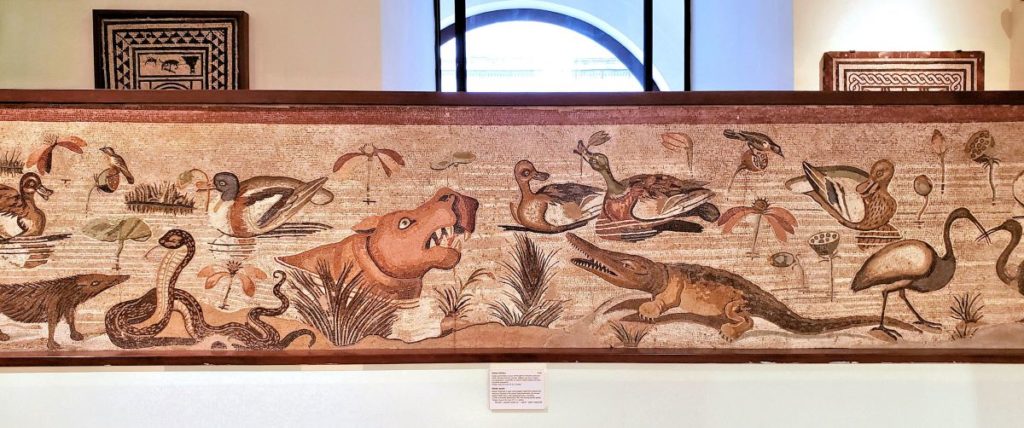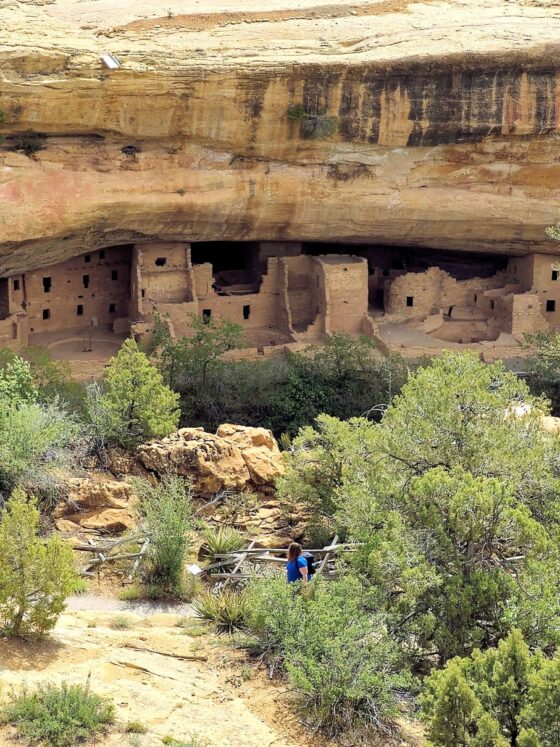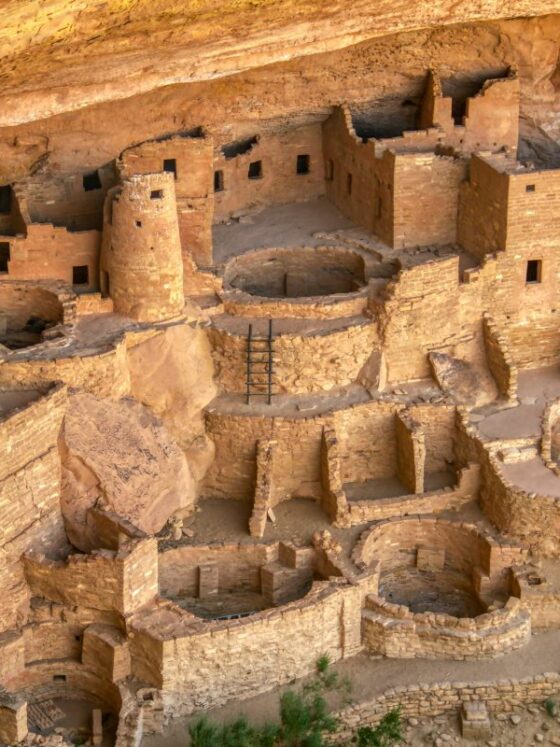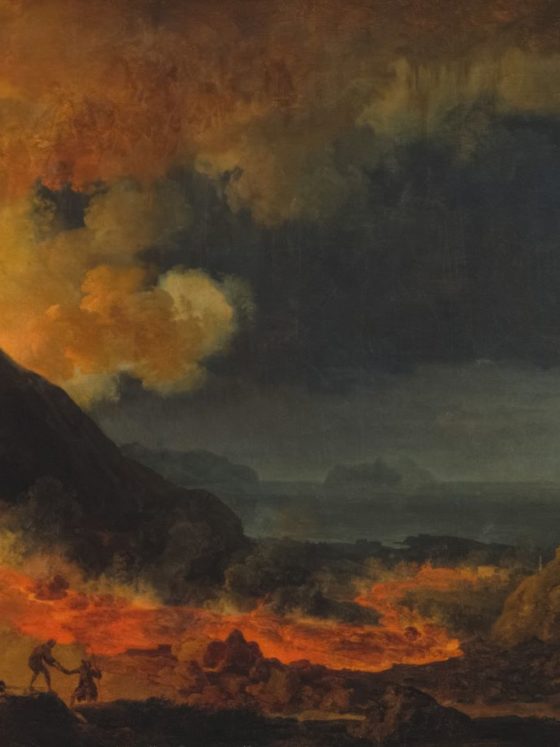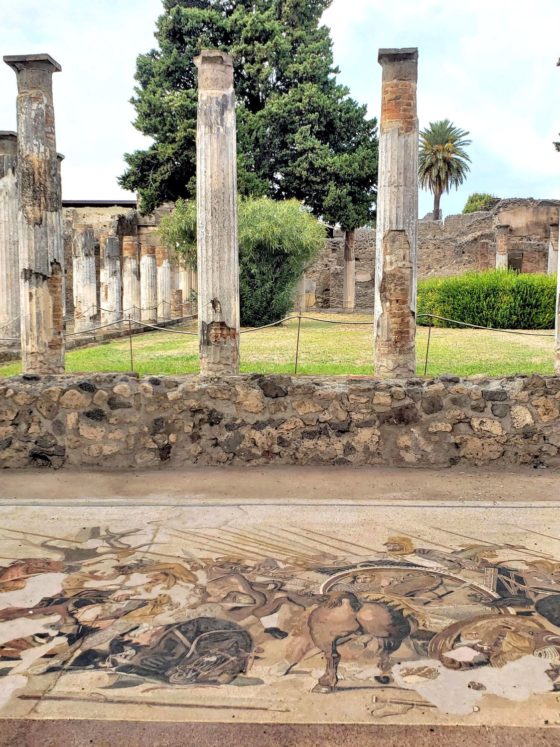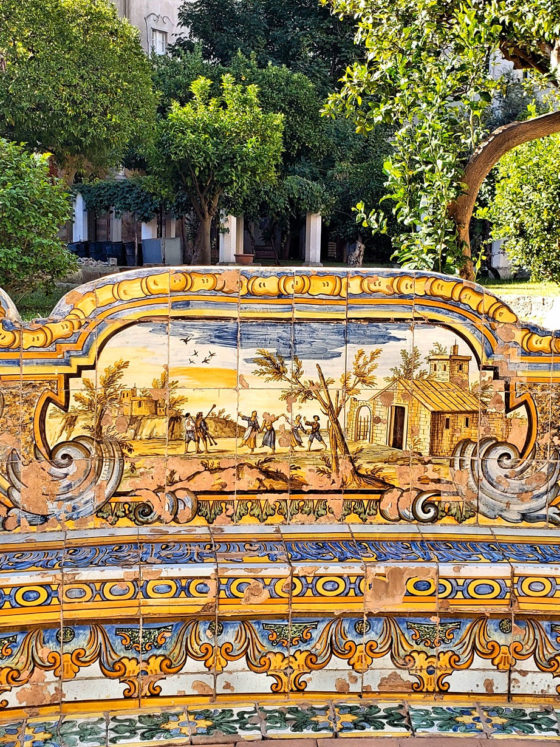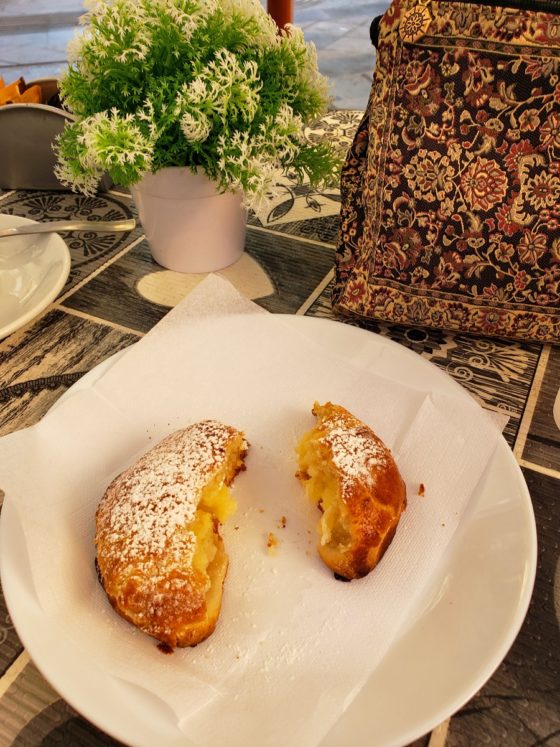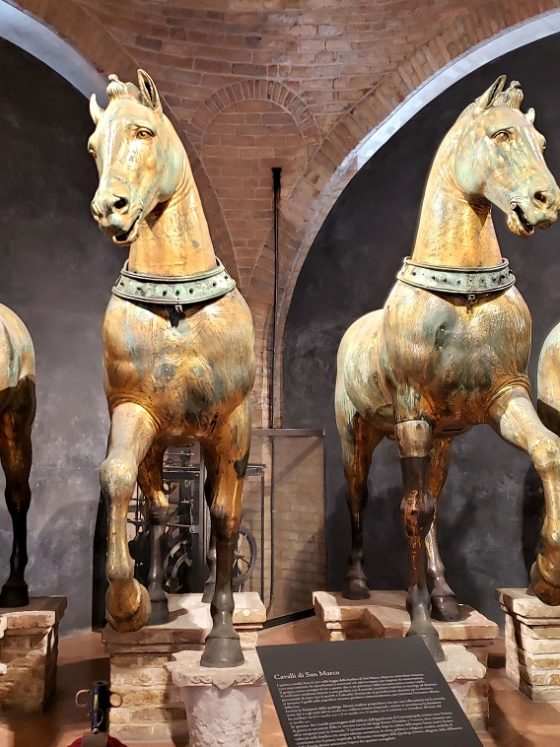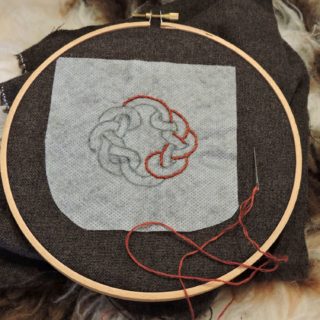When Vesuvius erupted in 79 AD, Pompeii was not the only city buried beneath the eruption. The area around the Bay of Naples was a well populated area with several cities, towns, country estates and seaside villas.
The Greek writer and ‘great Geographer of Antiquity’ Strabo in his book Geography (dated around 7 BC to 17 AD) says in his description of the bay, “The whole is adorned by the cities we have described, by villas, and plantations, so close together that to the eye they appear but one city.” (Strabo, Book five, chapter four, section eight.)
And while Pompeii may be the best known of these, there are several other areas once buried by the eruption of 79 AD that have been excavated as well. Some of these excavated towns and villas are open to the public and may be visited today.
Stabiae:
Just southwest of Pompeii was the ancient city of Stabiae. According to written accounts by the younger Pliny, when Vesuvius erupted his uncle, Pliny the elder, the commander of the Roman fleet at Misenum, sailed his galleys across the bay in a rescue effort. When Pliny the elder’s fleet of galleys couldn’t reach the shores around Herculaneum or Pompeii due to “debris from the mountain” and “the sudden retreat of the sea” they put in further south at Stabiae instead. Later while trying to flee the last stage of the Volcano’s eruption, it was there along the shores of Stabiae that Pliny the elder died.
While several of the areas and villas that were located in the ancient city of Stabiae have been at least partially excavated only some of them may be visited today. These include the Villa Arianna, the Villa San Marco, and the so-called second complex.
Official Website (same as Pompeii): http://pompeiisites.org/en/stabiae/
Oplontis:
Located slightly northwest of Pompeii the only area of ancient Oplontis currently open for visitors is the large Villa A also referred to as Villa Poppaea as it is thought it may have belonged to Nero’s second wife whose name was Poppaea.
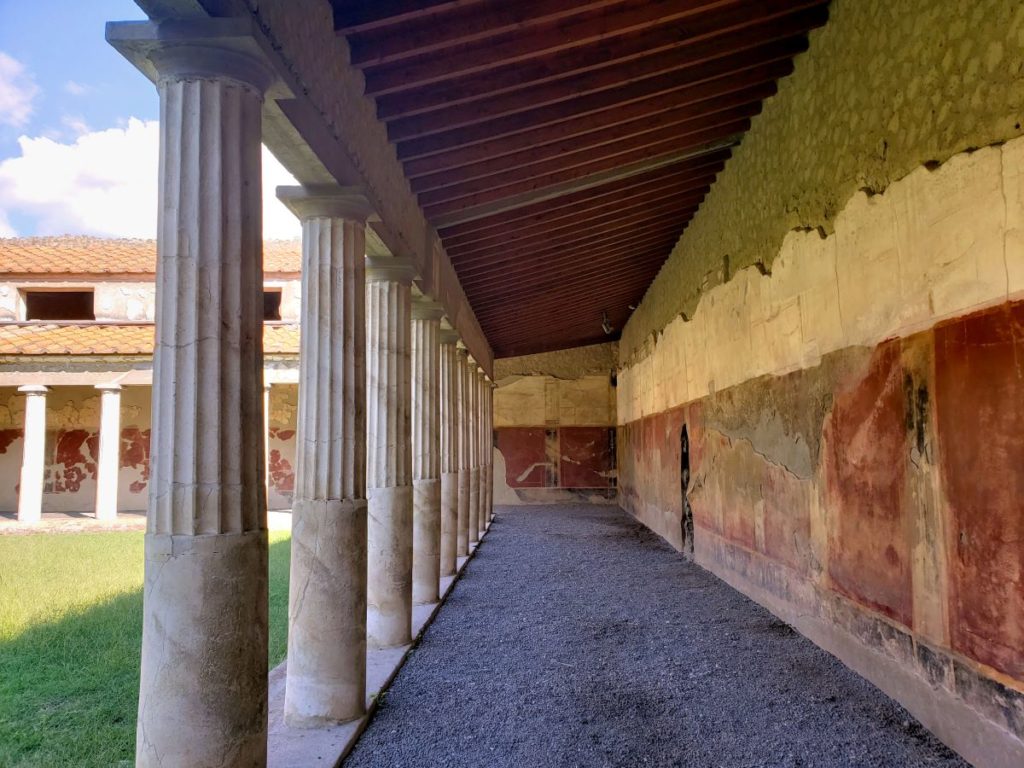
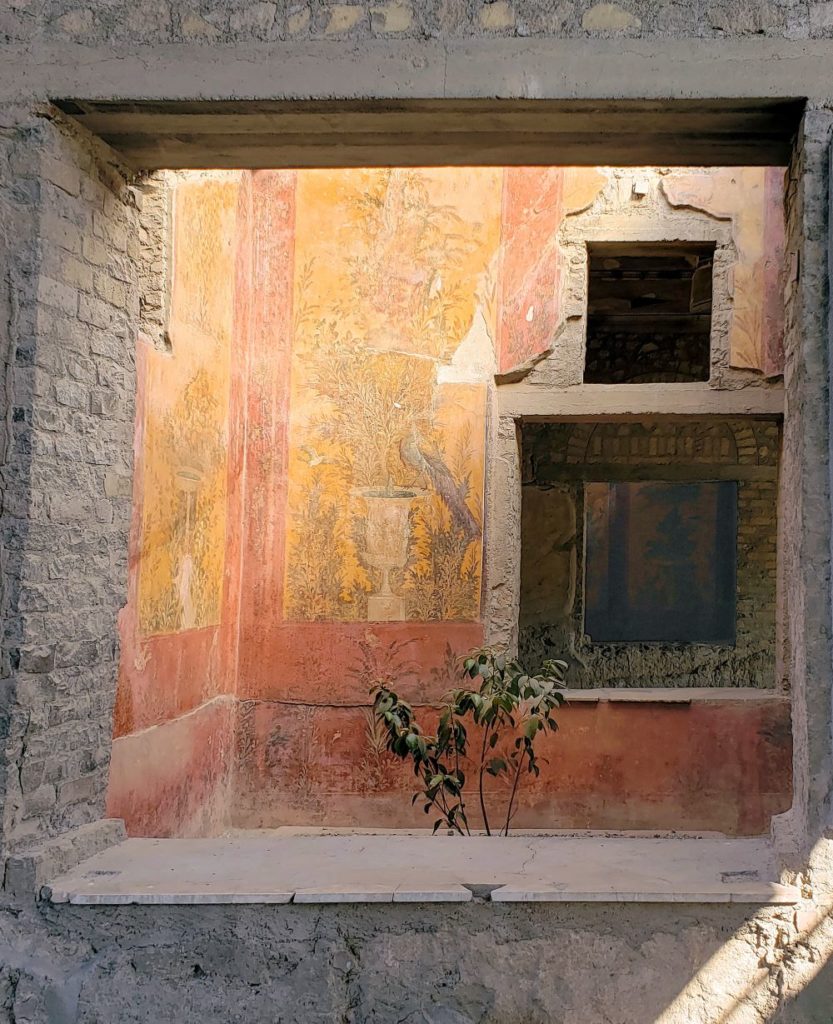
Before being buried by Vesuvius this large luxury Villa sat on a cliff shelf and had panoramic views of the sea. It also had gardens and swimming pools. But the best part for visitors today are the several beautiful wall paintings that have not only survived but have been left in situ (when something remains in its original or natural place).
Official Website (same as Pompeii): http://pompeiisites.org/en/oplontis/
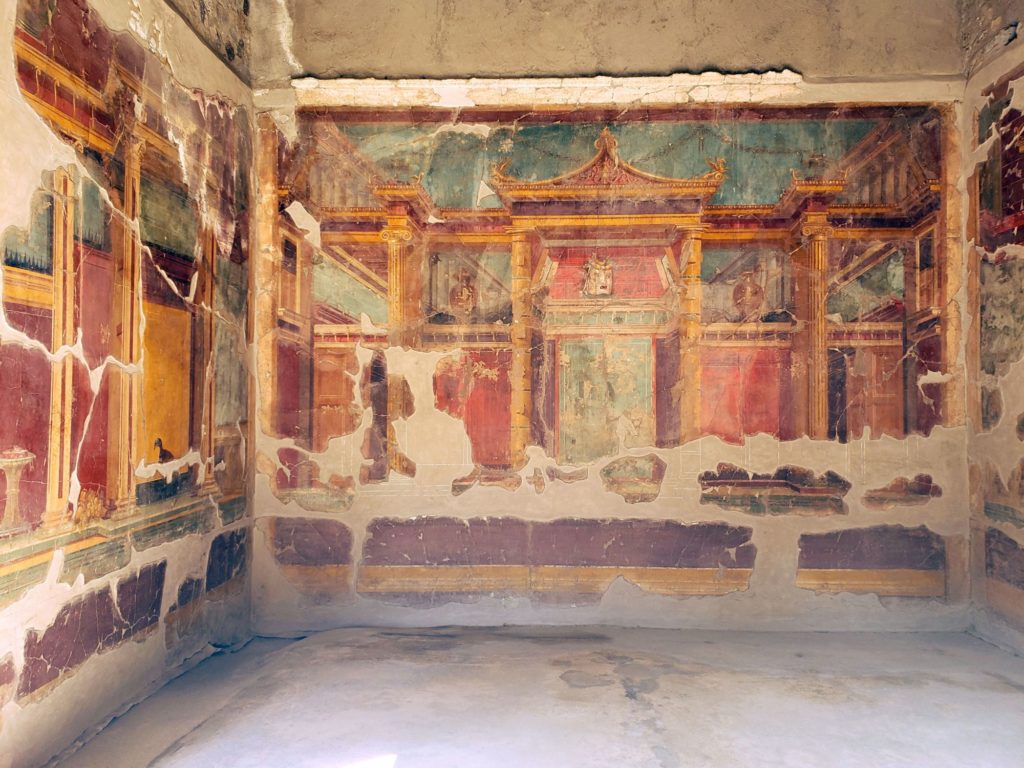
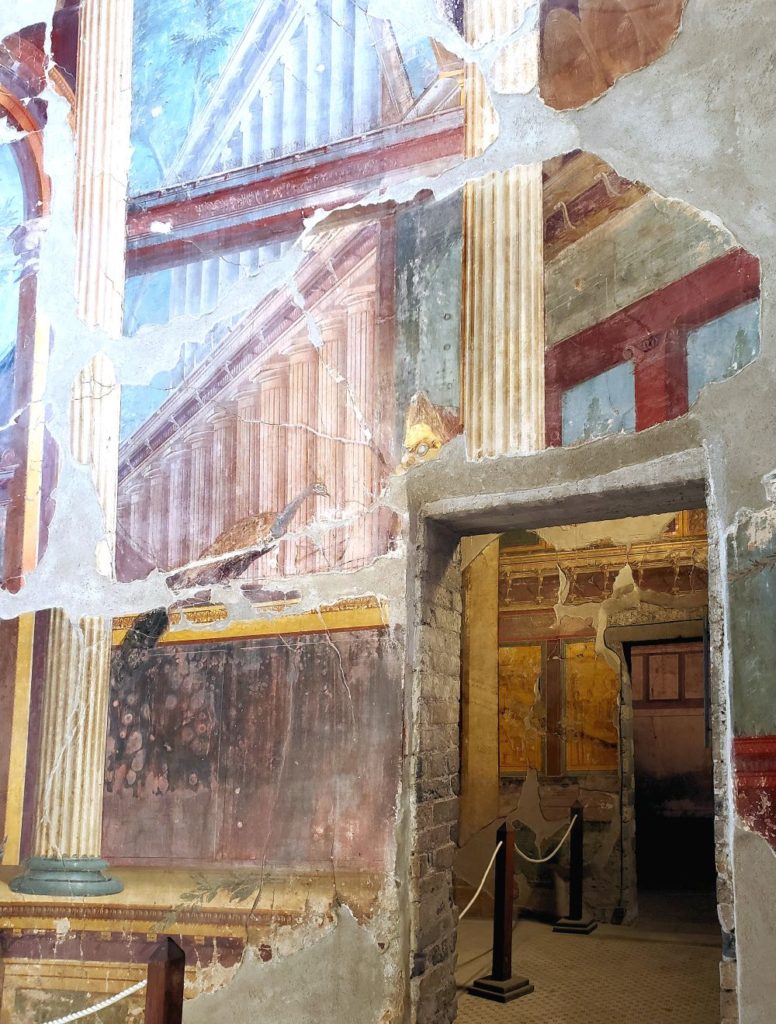
Herculaneum:
Probably the second best known site after Pompeii is the much smaller coastal town of Herculaneum.
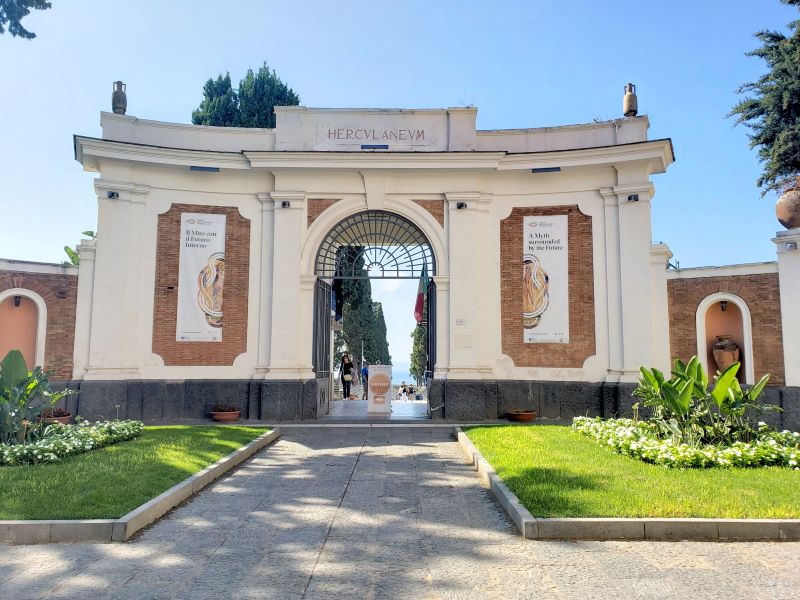
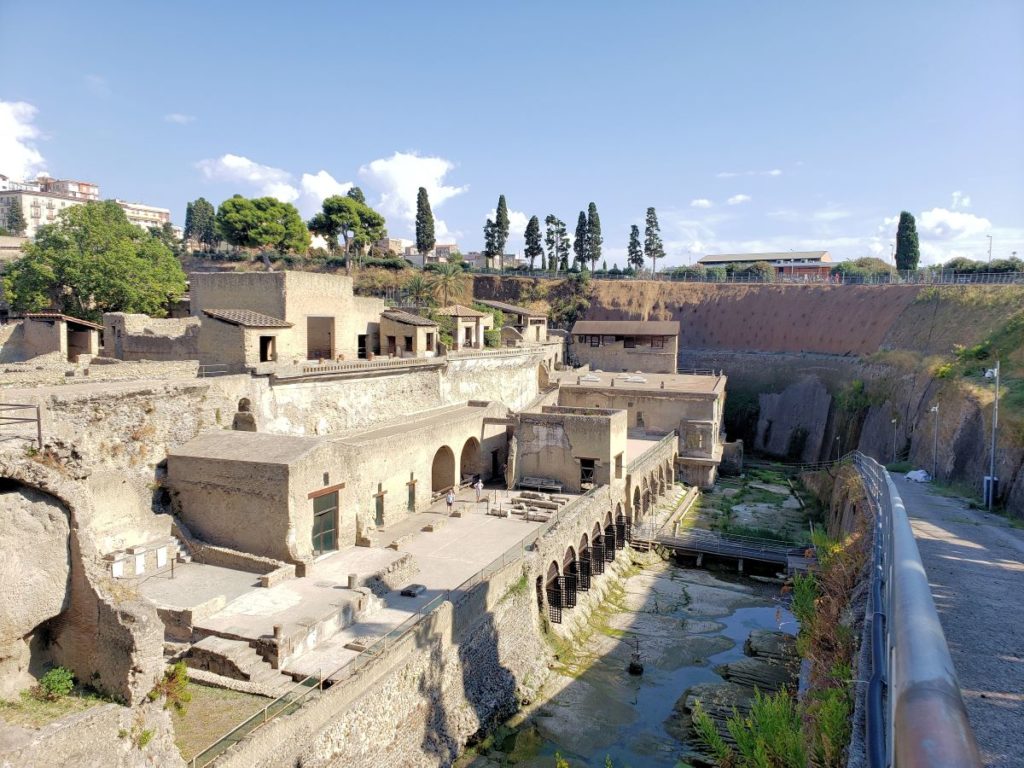
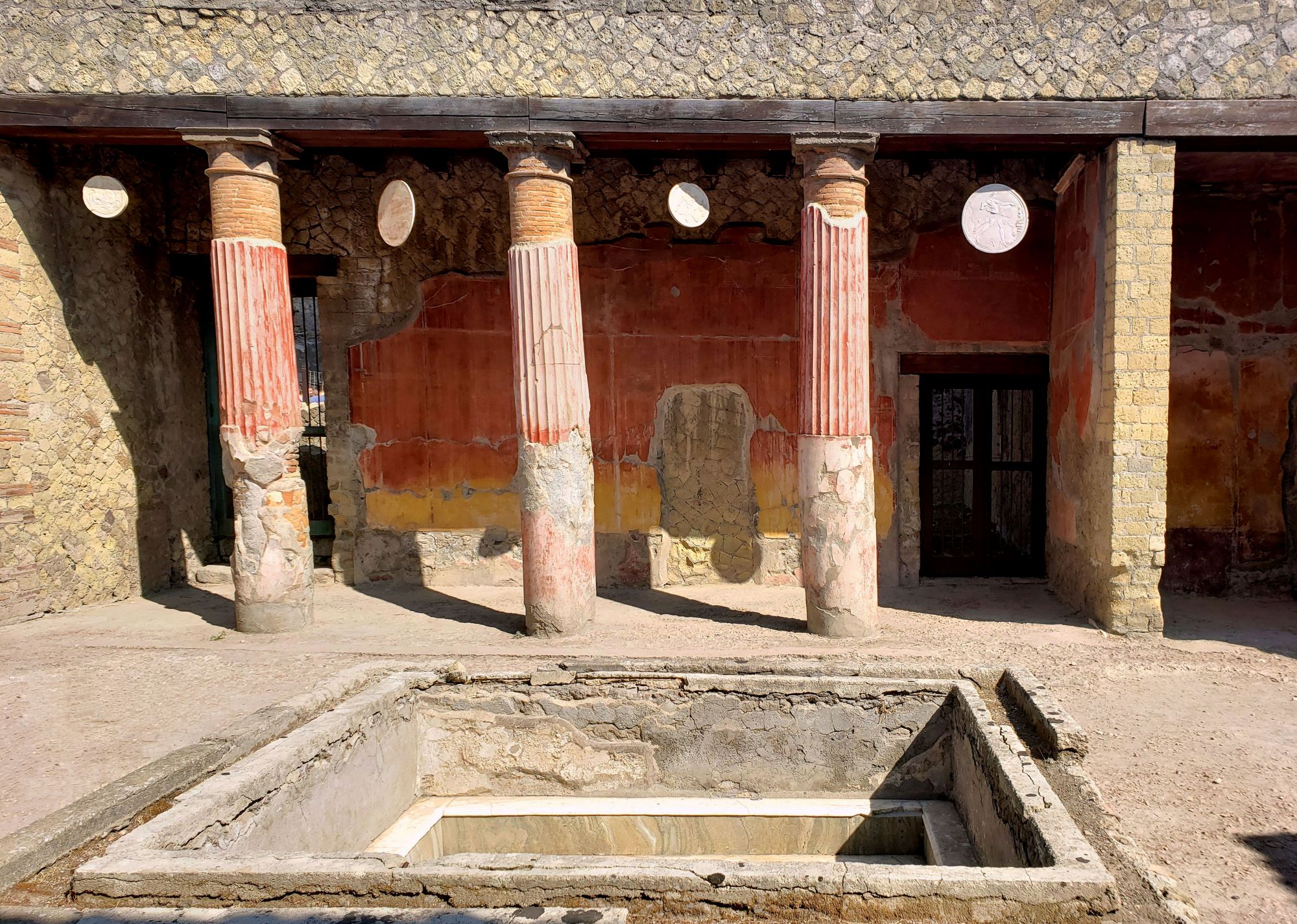
Herculaneum was located further west and north along the coast than any of the other sites I’ve mentioned. This is quite significant due to the differing nature of the pyroclastic events along separate areas of the bay. Pompeii and Stabiae to the south of it, were layered over in porous ash and pumice. The porous nature allowed exposure to oxygen which caused most organic material to deteriorate. Herculaneum on the other hand was covered in a pyroclastic surge of molten rock, which meant after it cooled and hardened Herculaneum was sealed in solid airtight rock preventing exposure to oxygen thus preserving more organic artifacts like calcified wooden furniture, wooden building structures, skeletons and even calcified papyrus scrolls. These organic artifacts make Herculaneum uniquely different from Pompeii.
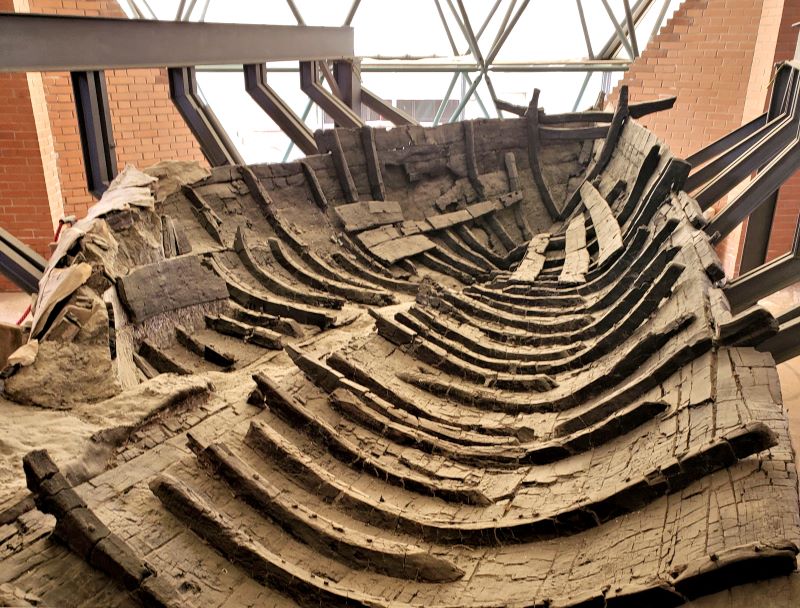
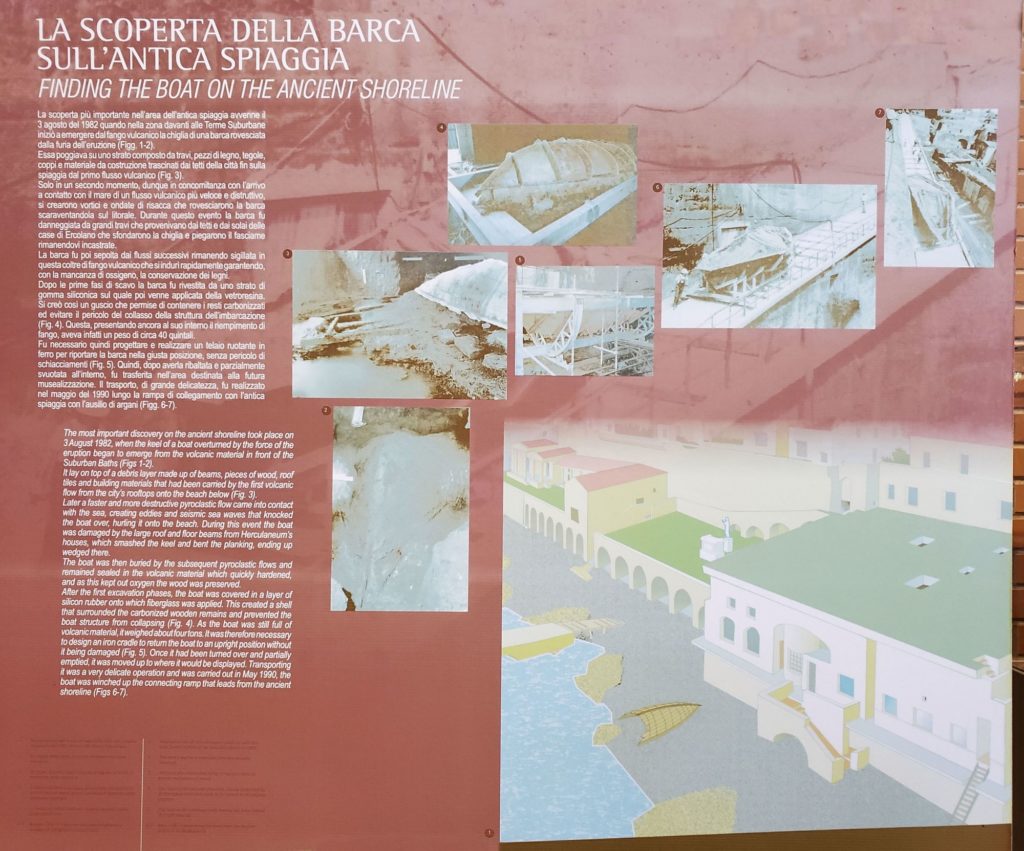
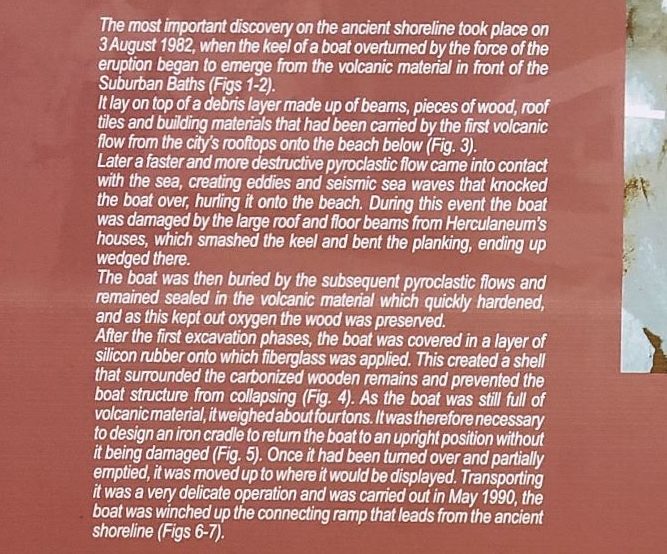
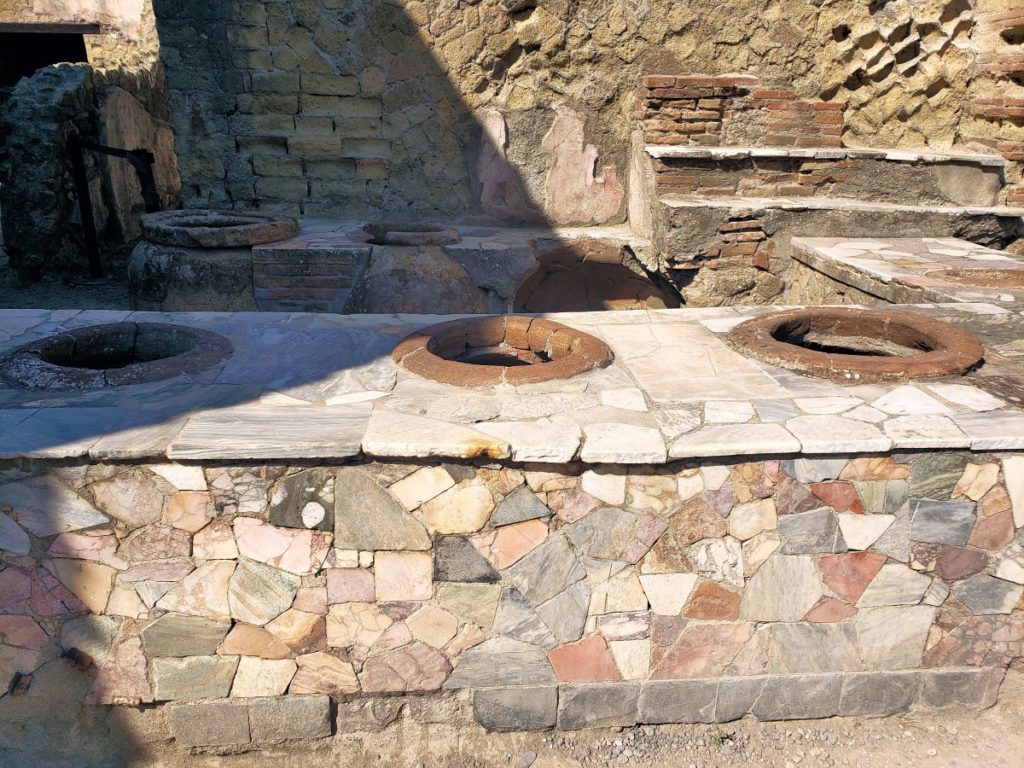
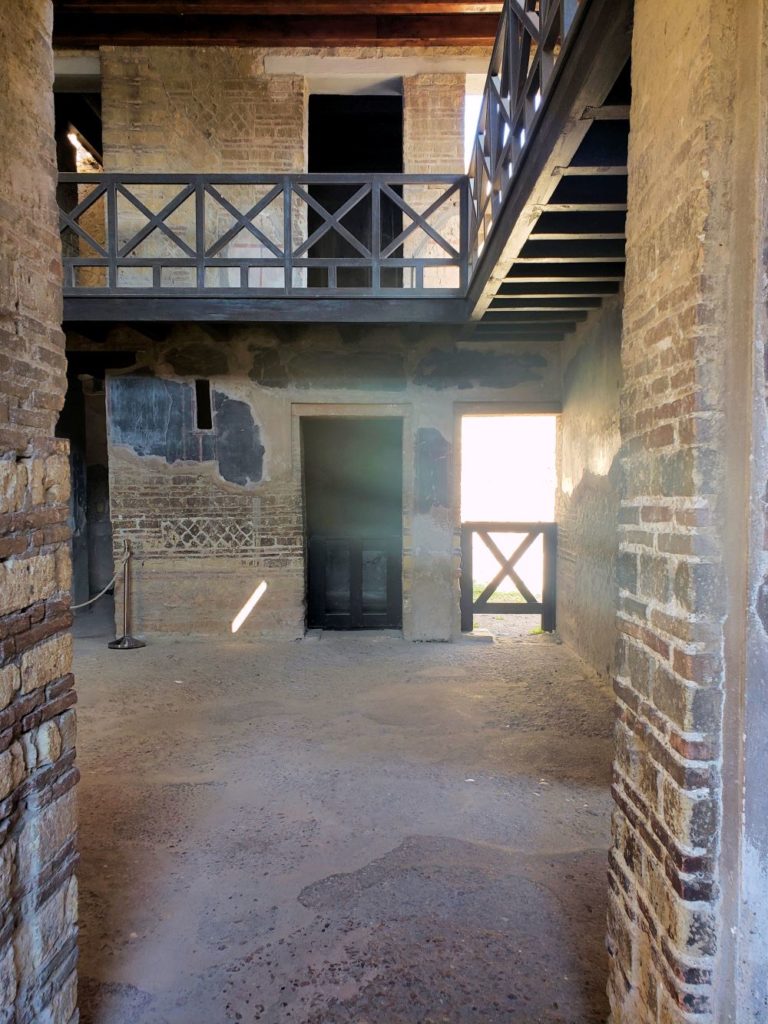
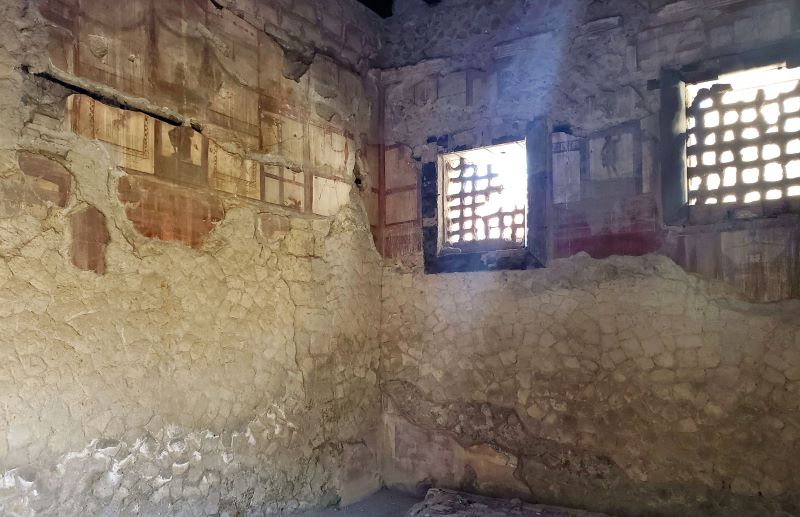
Located just outside Herculaneum’s archeological park are the Villa of the Papyri and Herculaneum’s ancient theater. Timed visits must be reserved for the occasional openings of Herculaneum’s ancient theater. Also the route to the theater is underground for those who may be claustrophobic. The Villa of the Papyri, so named for the 1,800 carbonized manuscript scrolls recovered from the Villa’s library, is currently closed for maintenance work. Check the official website for announcements on the Villas reopening and for the theater’s calendar of open days.
Official Website: https://ercolano.beniculturali.it/
*It should be noted this website is difficult to load. I’ve only been able to load it at night myself. It is therefore advisable to download the map and guidebook from the site well beforehand.
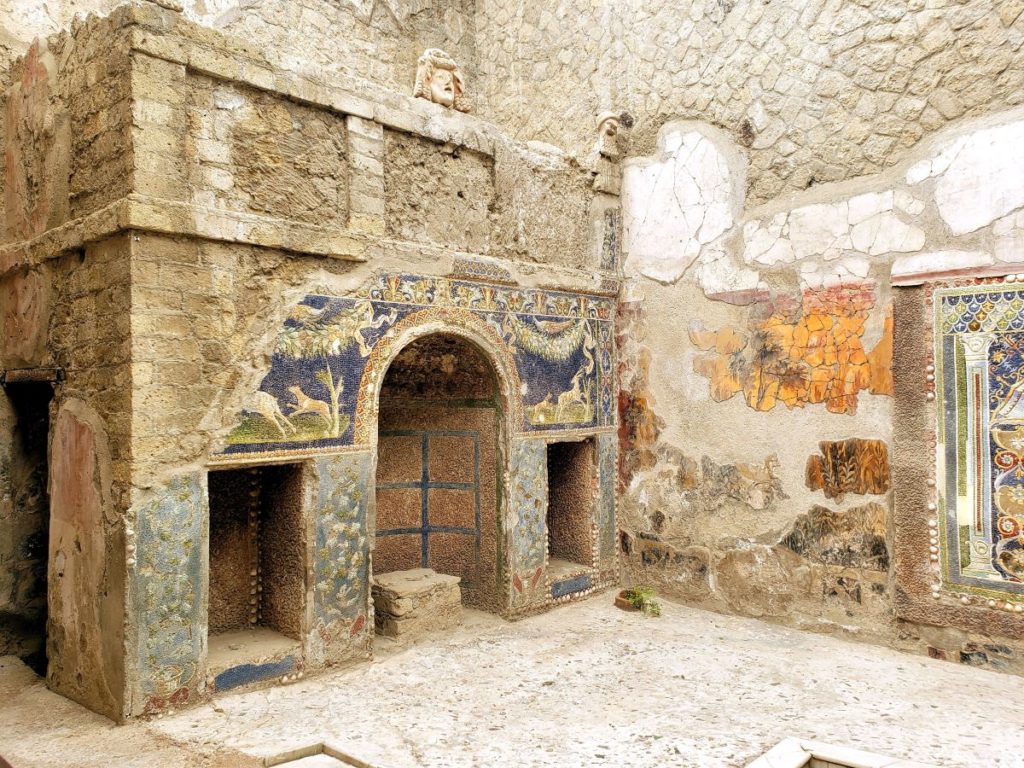
Boscoreale:
The area to the north of Pompeii along the base of Vesuvius, known today by the modern name Boscoreale, was in the Roman-era home to many agricultural estates. The Villa Regina is one such country farming estate that may be visited today. There is also a tiny museum nearby this excavated villa called The Antiquarium. This Museum’s objective is to showcase the natural resources and environment of this area along with the more day-to-day lives of those living in the area during the Roman-era.
Official Website (same as Pompeii): http://pompeiisites.org/en/boscoreale/
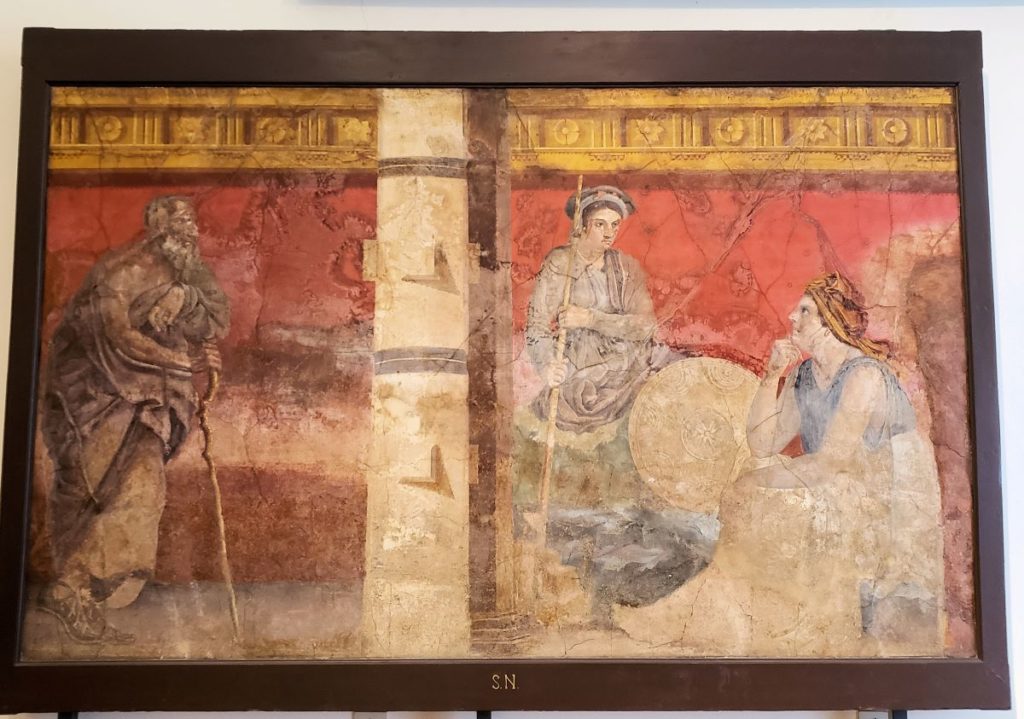
Naples Archeological Museum:
The National Archeological Museum of Naples is home to a majority of the excavated finds from around Vesuvius. Even though Pompeii, Stabiae, and Herculaneum all have their own small museums, most of the artifacts that weren’t left in place, everything from frescoes and mosaics to statues and objects of everyday use will be found at the Naples Museum. This doesn’t necessarily make it better than the smaller museums, indeed, it is in need of some upkeep and care. Several items are clearly mislabeled, when you’re reading a sign underneath a mosaic of a bowl of fruit and the sign is talking about crossbones, you’re like…umm? Other signs have somehow almost completely disintegrated and not been replaced.
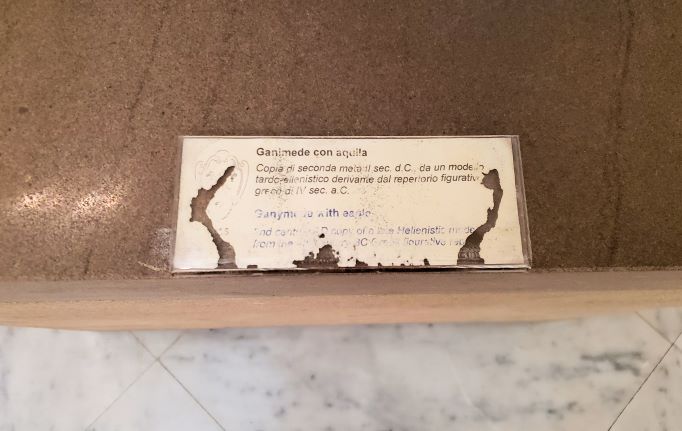
Still, The museum is definitely worth visiting.
Official Website: https://mann-napoli.it/en/home-english/
